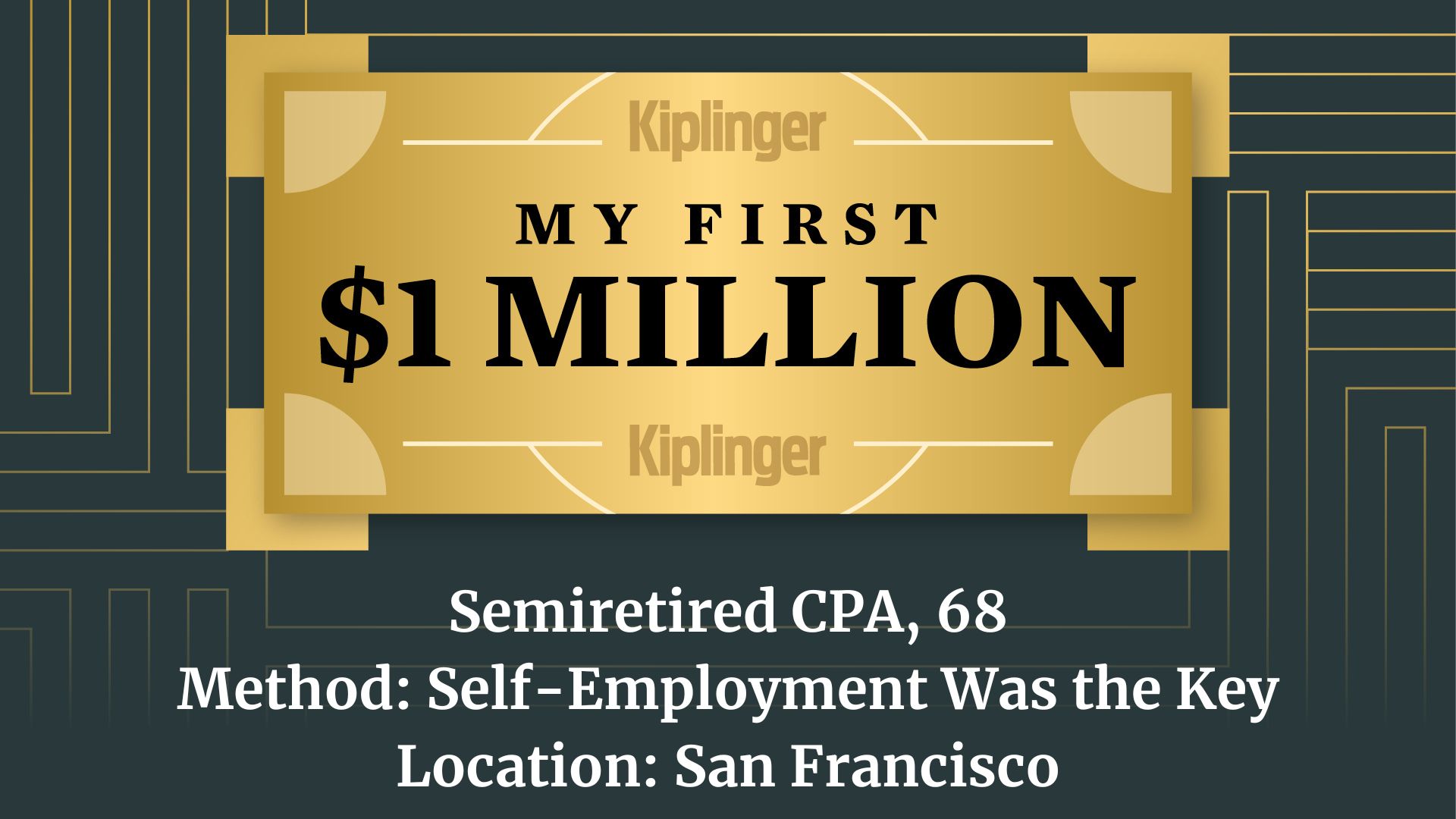Health Coverage Is No Slam Dunk
I hadn’t reckoned on some curveballs along the way — especially when it came to signing up for Medicare Part B and Medigap.


When I was editor of this magazine, I read every story—usually more than once. So when I was planning my retirement as editor earlier this year, I thought I had everything under control. Imagine my dismay when I learned that, well prepared though I was, I hadn’t reckoned on some curveballs along the way—especially with regard to Medicare and health insurance—or how labor-intensive it would be to iron out all the devilish details. So I’d like to share a few nuggets of wisdom to smooth the way for future retirees.
Nugget No. 1:
Check your employer’s rules. I knew that I was covered by my employer’s health insurance until the end of July, the month in which I retired. So I figured I also had until the end of July to use money in my flexible spending account. I found out just in time that I had to spend the money by my actual retirement date, July 7. So on July 6, I made a beeline for my optometrist to buy a pair of prescription sunglasses and empty my account.
Nugget No. 2:
Start early. For me, signing up for Medicare Part B turned out to be unexpectedly time-consuming. I knew I had eight months after leaving my job to sign up for Part B, which covers doctor visits and other non-hospital expenses, without paying a penalty. But I wanted coverage to begin about a month after I retired. (I had signed up for Part A, which covers hospital costs, several years earlier when I turned 65, but because I was still working then and covered by my employer’s health insurance, I was able to delay Part B.) What I didn’t realize, and found out almost by chance, was that I should sign up six weeks to two months in advance of the month in which I wanted coverage to begin—in my case, August 1—to get the paperwork through the system.
From just $107.88 $24.99 for Kiplinger Personal Finance
Become a smarter, better informed investor. Subscribe from just $107.88 $24.99, plus get up to 4 Special Issues

Sign up for Kiplinger’s Free Newsletters
Profit and prosper with the best of expert advice on investing, taxes, retirement, personal finance and more - straight to your e-mail.
Profit and prosper with the best of expert advice - straight to your e-mail.
I was already at the six-week mark, so I hotfooted it down to my local Social Security office to submit my application. I was handed a receipt dated June 21 and assured that my coverage would take effect on August 1. In the meantime, I was told, I’d receive a letter of enrollment in the mail so I could begin looking for a supplemental plan to fill the gaps in Medicare (see Your Medicare FAQs). When I got home, I opened an account at MyMedicare.gov. And then I waited. And waited. No letter of eligibility. No enrollment notice in my online account.
On Friday, July 28, I made another visit to the Social Security office. I was assured that I was “in the system.” But without proof of some kind, I couldn’t sign up for a supplemental plan. And I worried that after July 31, I’d have no proof of coverage if I needed care.
Finally, on August 2, a confirmation notice appeared in my online account. The physical letter, dated August 7, arrived the following week. My husband’s application didn’t take as long, and perhaps I needn’t have worried. But to avoid feeling adrift in the bureaucratic void, start the process at least two months in advance.
Nugget No. 3:
It’s complicated. While I was waiting for my Part B confirmation, I began researching coverage to supplement Medicare and pay for prescription drugs. The links at Medicare.gov and other sites were helpful but not conclusive. I spent hours poring over plan details to decide whether to sign up for a Medigap plan (and which one) or go with Medicare Advantage.
My colleague Manny Schiffres, who recently retired as Kiplinger’s executive editor, summed up the experience neatly: “I can’t believe how complicated this stuff is.” (We later found out that a friend of ours had hired an insurance consultant to handle his Medicare sign-up.)
Your experience may be easier—but you can’t count on it. Be prepared, and give yourself plenty of time.
Profit and prosper with the best of Kiplinger's advice on investing, taxes, retirement, personal finance and much more. Delivered daily. Enter your email in the box and click Sign Me Up.

Janet Bodnar is editor-at-large of Kiplinger's Personal Finance, a position she assumed after retiring as editor of the magazine after eight years at the helm. She is a nationally recognized expert on the subjects of women and money, children's and family finances, and financial literacy. She is the author of two books, Money Smart Women and Raising Money Smart Kids. As editor-at-large, she writes two popular columns for Kiplinger, "Money Smart Women" and "Living in Retirement." Bodnar is a graduate of St. Bonaventure University and is a member of its Board of Trustees. She received her master's degree from Columbia University, where she was also a Knight-Bagehot Fellow in Business and Economics Journalism.
-
 Healthy to 100: Secrets from Countries Where Retirees Age Best
Healthy to 100: Secrets from Countries Where Retirees Age BestLongevity is a team sport, according to author Ken Stern. Here's the secret sauce for living long, healthy lives from countries like Italy and Japan.
-
 My First $1 Million: Semiretired CPA, 68, San Francisco
My First $1 Million: Semiretired CPA, 68, San FranciscoEver wonder how someone who's made a million dollars or more did it? Kiplinger's My First $1 Million series uncovers the answers.
-
 6 Overlooked Areas That Can Make or Break Your Retirement
6 Overlooked Areas That Can Make or Break Your RetirementIf you're heading into retirement with scattered and uncertain plans, distilling them into these six areas can ensure you thrive in later life.
-
 Retirees in These 7 States Could Pay Less Property Taxes Next Year
Retirees in These 7 States Could Pay Less Property Taxes Next YearState Taxes Retirement property tax bills could be up to 65% cheaper for some older adults in 2026. Do you qualify?
-
 6 Tax Reasons to Convert Your IRA to a Roth (and When You Shouldn't)
6 Tax Reasons to Convert Your IRA to a Roth (and When You Shouldn't)Retirement Taxes Here’s how converting your traditional retirement account to a Roth IRA can boost your nest egg — but avoid these costly scenarios.
-
 10 Retirement Tax Plan Moves to Make Before December 31
10 Retirement Tax Plan Moves to Make Before December 31Retirement Taxes Proactively reviewing your health coverage, RMDs and IRAs can lower retirement taxes in 2025 and 2026. Here’s how.
-
 The Rubber Duck Rule of Retirement Tax Planning
The Rubber Duck Rule of Retirement Tax PlanningRetirement Taxes How can you identify gaps and hidden assumptions in your tax plan for retirement? The solution may be stranger than you think.
-
 The Most Tax-Friendly State for Retirement in 2025: Here It Is
The Most Tax-Friendly State for Retirement in 2025: Here It IsRetirement Tax How do you retire ‘tax-free’? This state doesn’t tax retirement income, has a low median property tax bill, and even offers savings on gas. Are you ready for a move?
-
 ‘I Play Pickleball in Retirement.’ Is It HSA-Eligible?
‘I Play Pickleball in Retirement.’ Is It HSA-Eligible?Retirement Tax Staying active after you retire may be easier with these HSA expenses. But there’s a big catch.
-
 Retire in the Bahamas With These Three Tax Benefits
Retire in the Bahamas With These Three Tax BenefitsRetirement Taxes Retirement in the Bahamas may be worth considering for high-net-worth individuals who hate paying taxes on income and capital gains.
-
 States That Won't Tax Your Retirement Income in 2025
States That Won't Tax Your Retirement Income in 2025Retirement Taxes Several states don’t tax Social Security benefits, 401(k)s, IRAs, and pensions. But you may still have to pay state taxes on some incomes.